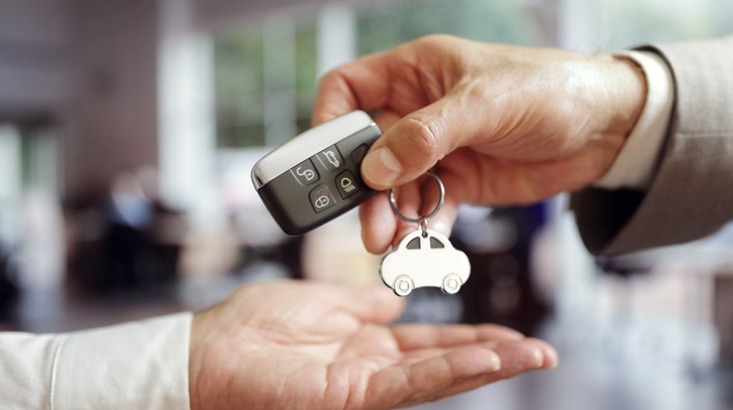“Your Ultimate Guide to Buying a Used Car: What to Look For”

In the pursuit of purchasing a used car, navigating the market can be a daunting task. This guide serves as your indispensable companion, offering insights into what to scrutinize when considering a pre-owned vehicle. From mechanical considerations to essential paperwork, empower yourself with the knowledge needed to make a confident and informed decision on your ultimate used car purchase.
Set a Budget:
Determine how much you’re willing to spend on a used car, including additional costs such as taxes, registration, and potential repairs.
Research the Model:
Look into the specific make and model you’re interested in. Check reviews, reliability ratings, and common issues associated with that particular car.
Vehicle History Report:
Obtain a vehicle history report using the car’s VIN (Vehicle Identification Number). This report can reveal important information about the car’s past, including accidents, title status, and odometer readings.
Inspect the Exterior:
Check for signs of rust, dents, and scratches. Inspect the paint for consistency, as variations might indicate previous repairs.
Check the Tires:
Examine the tire tread for wear and ensure they have even wear patterns. Uneven wear may suggest alignment issues.
Examine the Interior:
Look for signs of wear and tear on the seats, dashboard, and interior components. Check that all electronic features, such as lights, air conditioning, and the stereo, are in working order.
Test Drive:
Take the car for a test drive to assess its overall performance. Pay attention to engine noise, transmission shifts, and how it handles on different road conditions.
Under the Hood:
Inspect the engine bay for leaks, loose belts, or any unusual smells. Check the oil level and its condition. Look at the transmission fluid and brake fluid levels as well.
Service Records:
Request maintenance and repair records from the seller. Consistent and well-documented maintenance is a positive sign.
Suspension and Alignment:
Check for any unusual noises while driving over bumps. Uneven tire wear may indicate issues with the suspension or alignment.
Brake Inspection:
Test the brakes during the test drive. Listen for any squeaks or grinding noises. Check the brake pedal for responsiveness and ensure the car stops smoothly.
Check for Leaks:
Look for any signs of fluid leaks on the ground beneath the car. Common leak areas include the engine, transmission, and brake system.
Negotiate the Price:
If you find any issues during your inspection, use them as negotiation points. Be prepared to walk away if the seller is unwilling to negotiate a fair price.
Get a Pre-Purchase Inspection:
Consider having a trusted mechanic inspect the car before finalizing the purchase. They can identify potential issues that might not be apparent to a casual buyer.
Verify Ownership and Title:
Ensure the seller has a clear and legal title to the car. Verify their identity and cross-check the information with the details on the title.
In the realm of buying a used car, diligence, and knowledge are your allies. As you set your budget, meticulously research models, and scrutinize vehicle history reports, you equip yourself with the tools to make an informed choice. From inspecting the exterior and interior to evaluating the car’s performance on a test drive, this guide has guided you through the essential checkpoints. Remember, negotiating the price based on your findings and considering a pre-purchase inspection are crucial steps in securing a reliable and satisfactory used car. As you embark on this journey, may your newfound insights pave the way for a confident and successful used car purchase. Safe travels!
